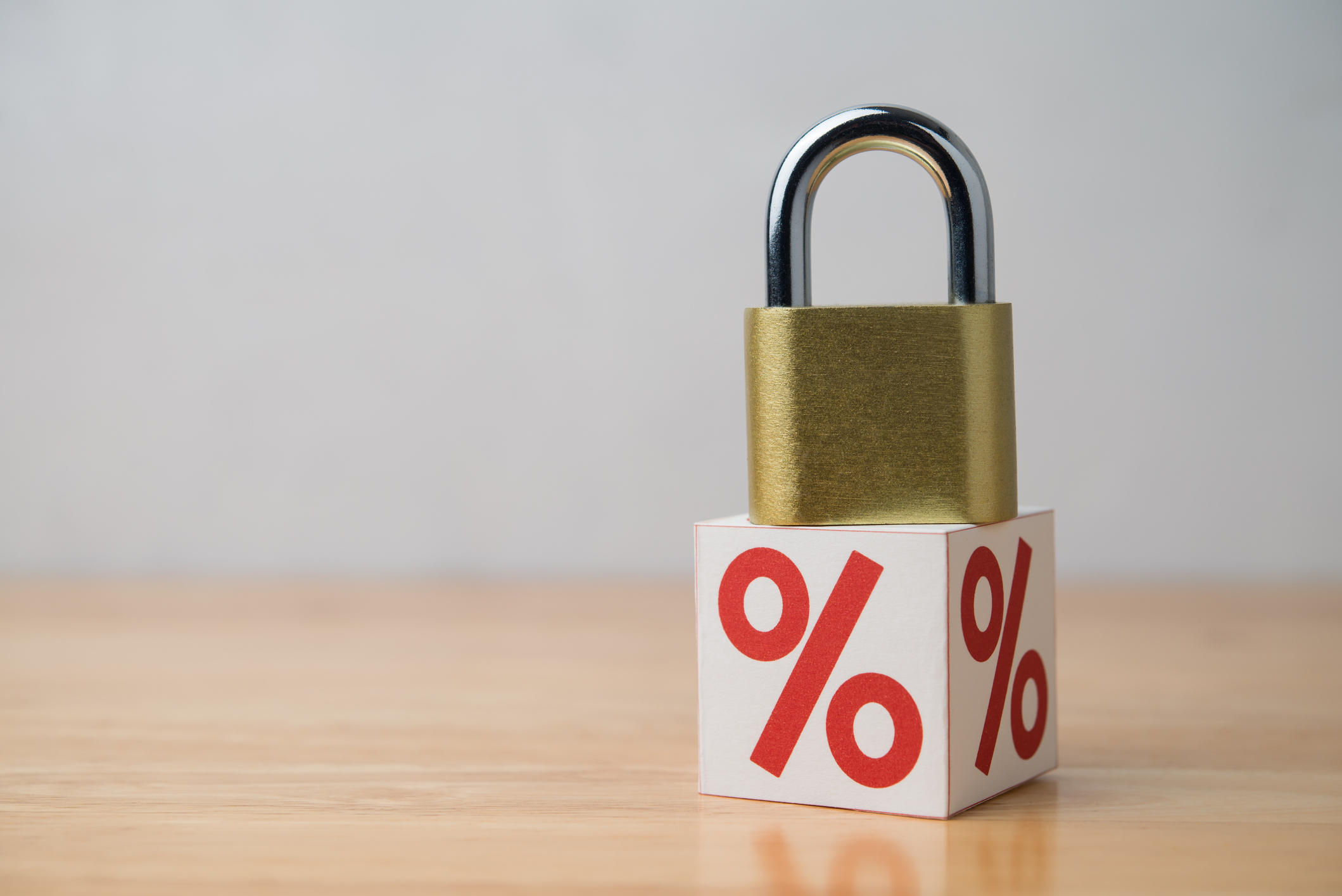There’s a lot of ruin in a currency
Imperial overstretch gradually debased Rome’s money, says Dominic Frisby.


The Roman empire is probably more famous for debasing its money than for amassing it. Here we look at the rise and fall of sound money in Ancient Rome. There are many parallels with today. The geology of central Italy is not particularly abundant in gold and silver, and it was only after Rome began expanding beyond central Italy in the third century BC that it started using the two metals.
Commodity money tends to be determined by the resources available. Bronze (made of copper and tin) is abundant in the area, and bronze in the form of weights – known as aes rude, often as heavy as 11 ounces (300 grams) – was the early currency of choice.
As the Republic expanded, so did access to gold and silver, either from loot, tribute or mined supply, and these precious metals made their way into Roman money. The first silver denarius was minted in 211BC. Within 50 or 60 years Roman coinage was widespread across Italy. Much of the silver to mint the coins came from mines in Macedonia, which Rome now controlled.
MoneyWeek
Subscribe to MoneyWeek today and get your first six magazine issues absolutely FREE

Sign up to Money Morning
Don't miss the latest investment and personal finances news, market analysis, plus money-saving tips with our free twice-daily newsletter
Don't miss the latest investment and personal finances news, market analysis, plus money-saving tips with our free twice-daily newsletter
For the next 500 years this silver denarius, containing an eighth of an ounce (four grams) of silver, around the weight of a 1p coin, would be the backbone currency of Rome. One denarius was exchangeable for ten asses (the aes rude evolved to become the as), hence its name “of ten”, or tenner. It was 95%-98% pure silver. Sterling silver is only 92.5% pure.
The purchasing power of a denarius would be more than the underlying metal value. It ranged between 1.5 and three times the value. That’s seigniorage for you. The denarius lives on today, especially in many Latin languages. The Italian word for money is “denaro”, “dinero” is Spanish, “dinheiro” Portugese. In many Arab nations, the currency is the dinar.
Heads of emperors appeared on coins, and so they began to be used for imperial propaganda. The more coins circulating around the ever-growing empire, spreading the message of Roman might, the better.
From Republic to Empire
The infamous debasement only began shortly after the Republic became an empire, and control of money passed from the senate to the emperor. It lasted several hundred years. By the first century AD, taxation and tribute only covered 80% of the imperial budget. The shortfall was met by mining and the loot of newly conquered nations. But the empire was no longer expanding at the same rate, so this was becoming an increasingly risky strategy. Deficits, especially under extravagant emperors, became increasingly common.
The solution to excessive spending, as today, was not to rein it in, but to debase the currency. In AD64 Emperor Nero reduced both the amount of silver in a denarius (to 3.5 grams) as well as the purity of the metal itself (to 93.5%). A few decades later, under Trajan, the Roman empire reached its greatest extent. From then on, it receded. That meant the supply of loot from newly conquered territories receded too.
By lowering the amount of silver in its coins, Rome could produce more coins and “stretch” its budget. Successive emperors followed Nero’s strategy. As with boiling frogs and the debasement of currency today, the process was gradual. A century after Nero, around 150AD, the purity of silver had been reduced to 83%. By 250AD the figure was 50%. But then the debasement accelerated. By 275AD the purity was just 5%. Then the sleight of hand was exposed. By the time of Diocletian, emperor from 284 to 305AD, there was so little precious metal in the money that he had to resort to price controls. The last denarii were minted under Diocletian.
The most important gold coin of Ancient Rome was the aureus, similar in size to the denarius, but containing roughly twice the weight of precious metal (gold is denser than silver). It would be a bit heavier than a two-pence piece today. An aureus was worth 25 denarii, so the gold-silver ratio would have been about 1:12, the historical norm.
Nero reduced the gold content to 7.3 grams, the same weight as the sovereign of the British empire. By 210AD the gold content had fallen to 6.3 grams. However, unlike the silver denarius, the aureus kept its near-100%, 24-carat purity. By the fourth century, the idea of obtaining an aureus for 25 denarii was long gone. In 301AD, one gold aureus was worth 833 denarii. A decade later, it was worth 4,350 denarii.
In 337, Constantine, who had relocated the heart of the empire to Constantinople, replaced the aureus with the solidus: about 4.5 grams of 24-carat gold. Initially, one solidus was worth 275,000 denarii, but by 356, it was the equivalent of 4,600,000 denarii. Talk about inflation.
However, in a breathtaking show of hypocrisy, the Roman authorities, despite the declining quality of the metal content of their denarius, refused to accept anything other than gold and silver in taxes.
Of course, one key reason for the relentless debasement was a bloated state incapable of living within its means. But another reason must be a lack of raw material. As central Italy had little supply, the metal had to be obtained elsewhere and most of it came in the form of war booty and the subsequent tributes and taxes levied. No wonder Rome was constantly at war. That was its business model. But the expense of continual wars, without the corresponding payback of loot from the newly conquered, made the model unsustainable. The expansion ceased, but the spending didn’t.
Dominic Frisby’s show on gold at the Edinburgh Fringe is on at Panmure House, in the room in which Adam Smith wrote The Wealth of Nations (https://tickets.edfringe.com/whats-on/dominic-frisby-gold). Dominic writes the newsletter The Flying Frisby.
Get the latest financial news, insights and expert analysis from our award-winning MoneyWeek team, to help you understand what really matters when it comes to your finances.
Dominic Frisby (“mercurially witty” – the Spectator) is as far as we know the world’s only financial writer and comedian. He is the author of the popular newsletter the Flying Frisby and is MoneyWeek’s main commentator on gold, commodities, currencies and cryptocurrencies. He has also taken several of his shows to the Edinburgh Festival Fringe.
His books are Daylight Robbery - How Tax Changed our Past and Will Shape our Future; Bitcoin: the Future of Money? and Life After the State - Why We Don't Need Government.
Dominic was educated at St Paul's School, Manchester University and the Webber-Douglas Academy Of Dramatic Art.
You can follow him on X @dominicfrisby
-
 How cancelling unused direct debits could boost your pension by £37,000
How cancelling unused direct debits could boost your pension by £37,000A new year refresh of your spending could save you money and help boost your pension pot.
-
 NS&I cuts interest rates on 8 savings accounts
NS&I cuts interest rates on 8 savings accountsNS&I will now offer less attractive interest rates for customers wishing to lock their savings away to grow for one, two, three or five years.
